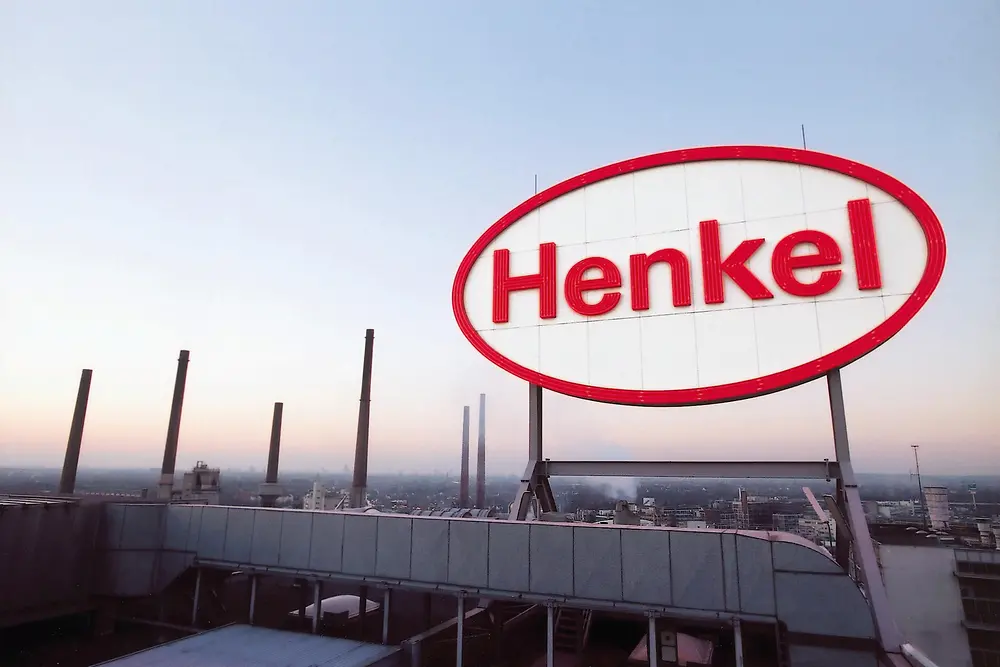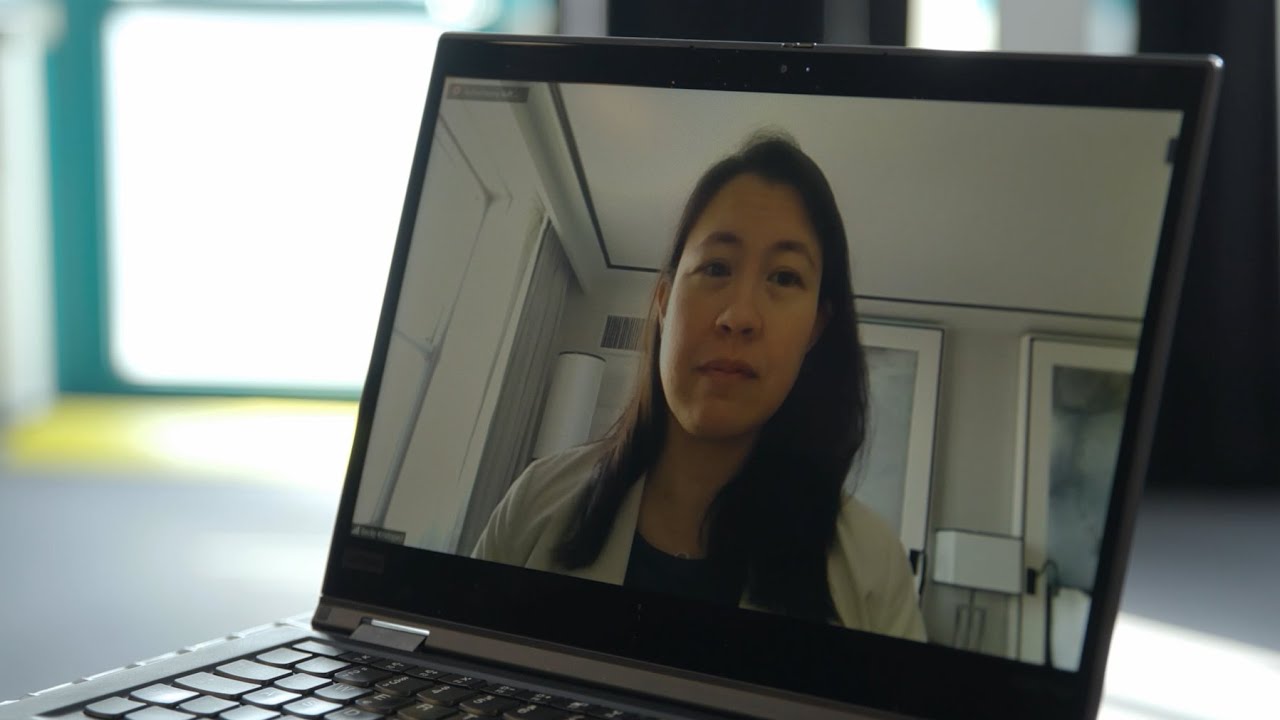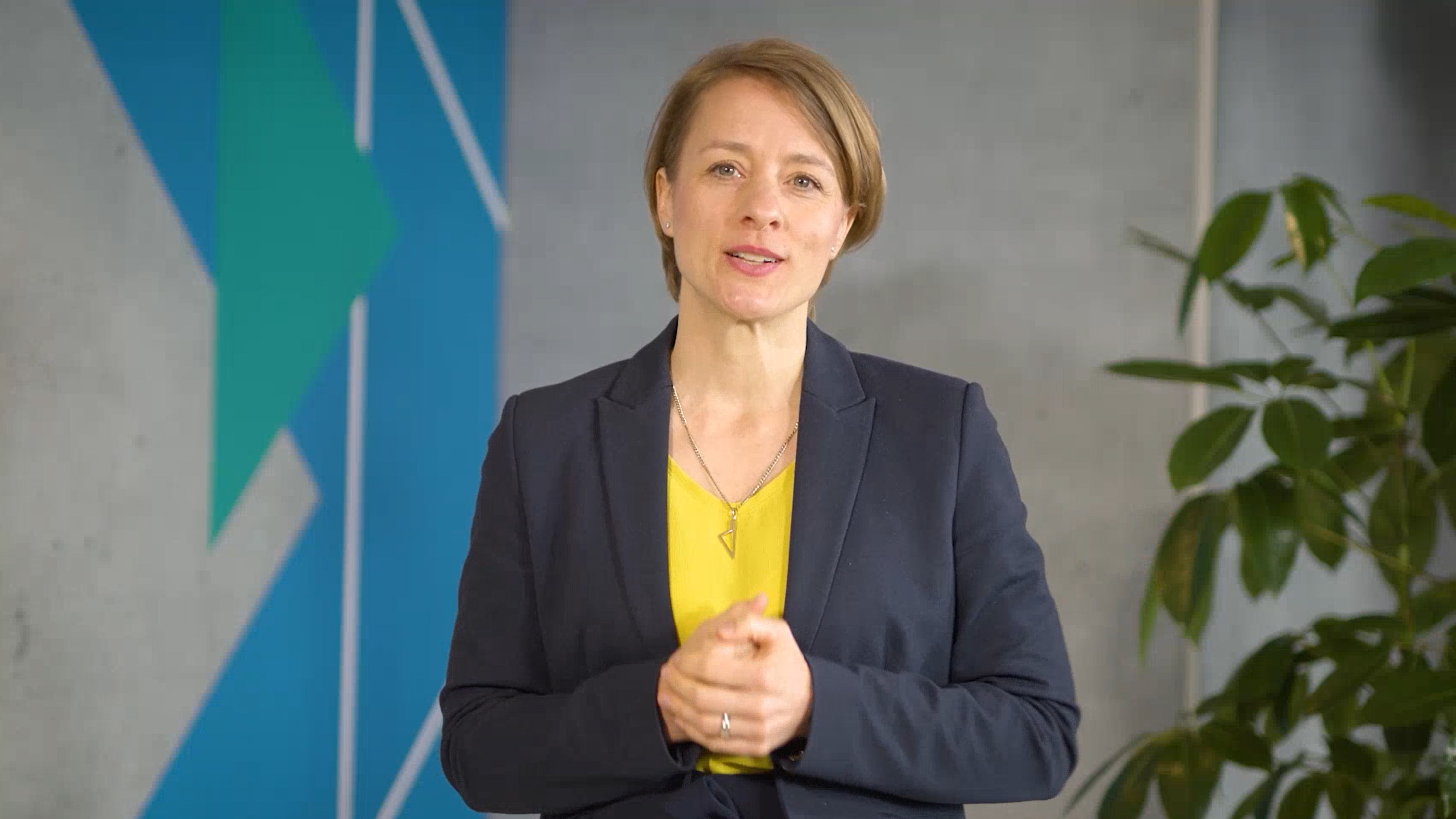By sharing insights into the sustainability performance of individual companies and products at every step in the value chain, there is enormous potential to unlock measurable and meaningful progress. For creating transparency, it is pivotal to build an effective and flexible IT ecosystem, which allows easy ingestion and analysis of supplier data, to analyze sustainability performance on product, manufacturing and corporate level, and deliver relevant sustainability data to customers. To manage the complexity of the IT landscape and to drive our digital agenda for sustainability, we have developed our own “Sustainability Information Hub” framework. At Henkel, we are constantly seeking ways to improve our data and tap into the latest technologies for measuring sustainability. We are also collaborating with partners to lead progress for this important trend.
Having these technologies in place allows us to provide powerful data alongside our products and services. In this way, we are giving customers trustworthy information to support their decision-making and enable them to move closer toward their sustainability goals – while developing products that meet the expectations of consumers, investors and regulators by measuring our environmental footprint.









